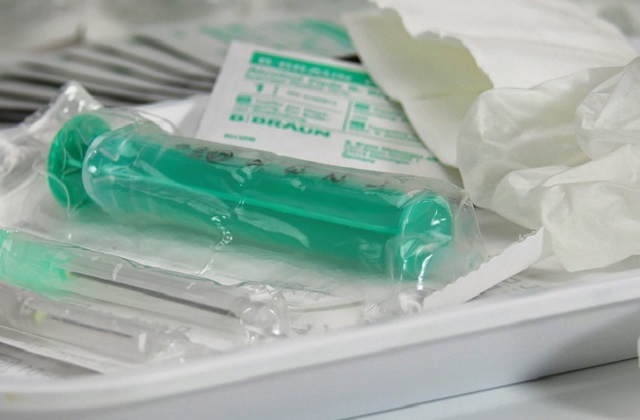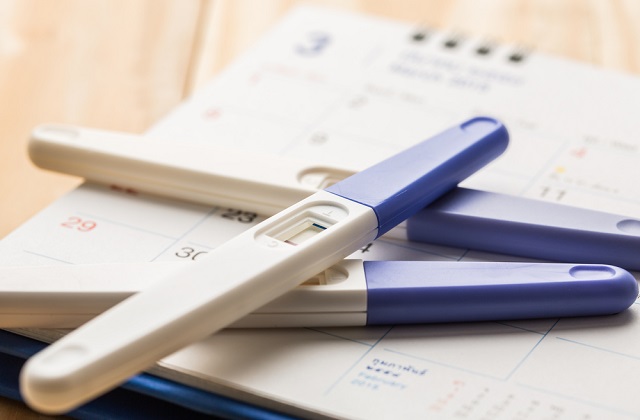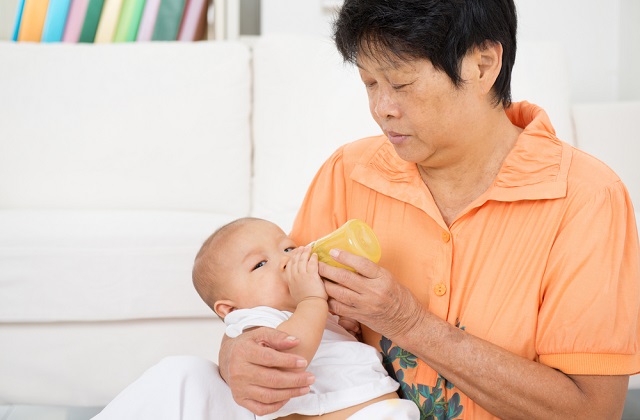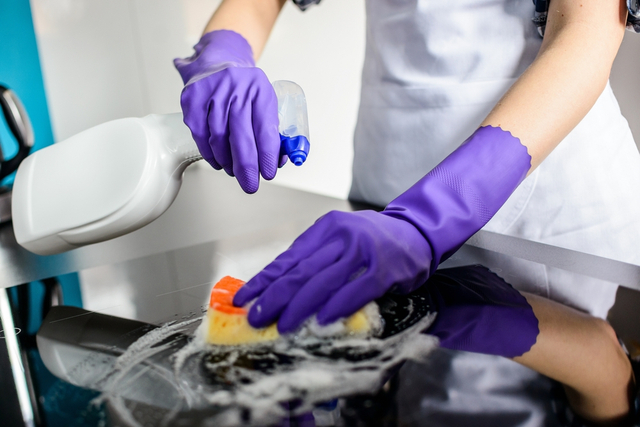Fever In Children
Our normal body temperature is between 36.5oC and 37.5oC. The body’s temperature is usually a little lower in the morning and a little higher in the evening. The body temperature can also fluctuate as kids play, run around and exercise.
The body has a thermostat that regulates our body temperature. Fever occurs when the body’s internal “thermostat” raises the body temperature above its normal level. This thermostat is found in the part of the brain called hypothalamus. The hypothalamus regulate the body temperature to be around 36.5 oC and 37.5 oC and will send messages to your body to keep it that way. Sometimes, the hypothalamus will reset the body to a higher temperature in response to an infection, illness or other causes.
In fact, researchers believe that turning up the heat is the body’s way of fighting the germs that cause infections and making the body less comfortable for them. That is why many doctors think that fever is a good thing as it means that your body’s immune system is fighting the infection or other illnesses.
Confirmation of fever in children
Use a reliable thermometer to confirm a fever (which is when a child’s temperature is at or above one of these levels):
38oC measured rectally (in the bottom)
37.5oC measured orally (in the mouth)
37oC measured in an axillary position (under the arm)
Cause of fever
It should be noted that fever by itself is not an illness – it is usually a symptom of an underlying problem. Common causes of fever are:
- Bacterial infections, such as scarlet fever, or rarely, rheumatic fever (both related to "strep throat")
- Viral infections, like influenza (the "flu")
- Medications
- Illnesses related to heat exposure
- Allergies
- Rarely, inflammatory diseases, like juvenile rheumatoid arthritis
- Overdressing
- Immunization
When should you bring your child to the doctor for fever?
In any of the following situations, you should seek a doctor’s help as soon as possible.
- Your child is less than 3 months old.
- The fever exceeds 40 oC.
- Your child cries inconsolably.
- Your child has difficulty breathing.
- Your child is unable to swallow and is drooling.
- Your child’s neck is stiff.
- Purple spots can be found on your child’s skin.
- Your child appears to be drowsy.
- Your child has persistent diarrhea or repeated vomiting.
- Your child refuses to drink any fluid or seems to be too ill to drink adequately.
- Fever lasts more than 24 hours without any obvious cause or location of infection.
- Your child experience pain in urination.
- Your child’s throat becomes very sore.
- Your child develops rash.
- Your child has signs of dehydration such as urinating less often and having no tears when crying.
- Your child complains of abdominal pain or discomfort.
What can you do at home to bring down your child’s fever?
(a) Giving a sponge bath will help to bring the fever down. Use only lukewarm water. Do not use alcohol as it can cause poisoning when it is absorbed through skin. Do not use ice packs or cold baths. This is because they can cause chills which may eventually raise body temperature.
(b) Dress your child in lightweight clothing and cover with a light sheet of blanket so that heat generated in the body can be dissipated easily to the surrounding. Overdressing and overbundling can prevent body heat from escaping and cause body temperature to rise.
(c) You should offer your child plenty of fluids to avoid dehydration. With a higher body temperature, your child’s body will lose fluids more rapidly. Avoid drinks containing caffeine, including cola and tea, because they can cause increased urination. Water and soup are good choices of fluids.
(d) Let your child eat what he or she wants. Don’t worry too much if your child doesn’t want to eat as long as your child is still drinking and urinating normally.
(e) Make sure your child gets plenty of rest. Staying in bed all day is not necessary but a sick child should take it easy.
(f) It is best to keep a child with fever from school or childcare. The child may return when the temperature has returned to normal for 24 hours.
Frequently Asked Questions About Fever in Children
1. Does the temperature indicate the severity of the illness?
No. How high a fever does not indicate the severity of the illness that is causing the fever.
2. Can high fever cause brain damage?
Yes, a fever that is very high can cause permanent injury, but it is almost never the result of illness alone. It is most likely to occur if your child has heatstroke (such as from being left in a hot car in the hot weather).
3. Can we ask the doctor to give antibiotics to treat the fever?
If the fever is caused by viral infection, the antibiotics will be of no use.
4. How long will the fever last?
This will depend on the cause of the fever. Fever caused by viral infections may persist for up to 5 to 7 days and will only completely subside when the viral infection is resolved.
5. Can Aspirin be used to treat my child?
You should not use Aspirin on children.
6. How long should I sponge a child?
You should not sponge a child for more than 30 minutes at a time. Stop sponging when shivering occurs. When your child shivers, cover him up and wait for a while before resuming sponging.
The article is for information purpose only. The content is not intended to be a substitute for professional medical advice, diagnosis, or treatment.
It takes a village to raise a child !
Join our WhatsApp Groups or Facebook Group to interact with parents about infant care/child care in Singapore..











